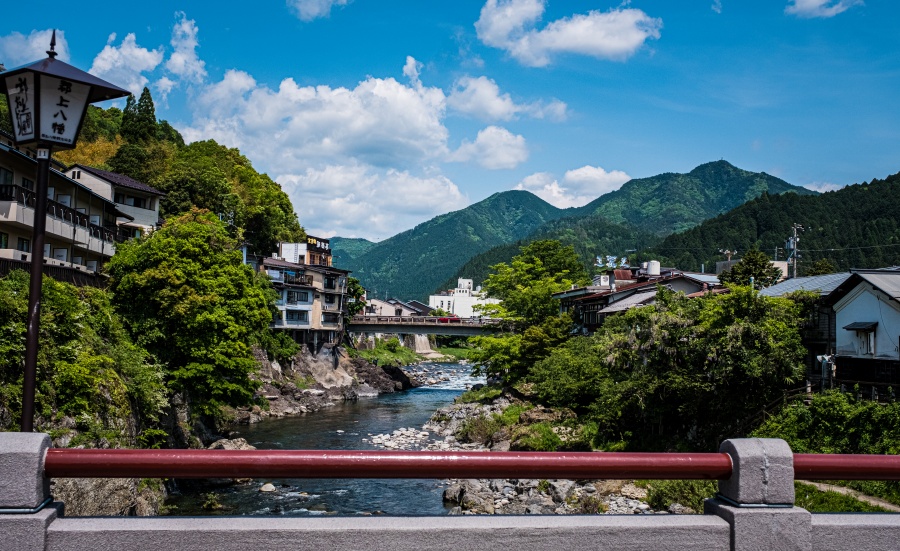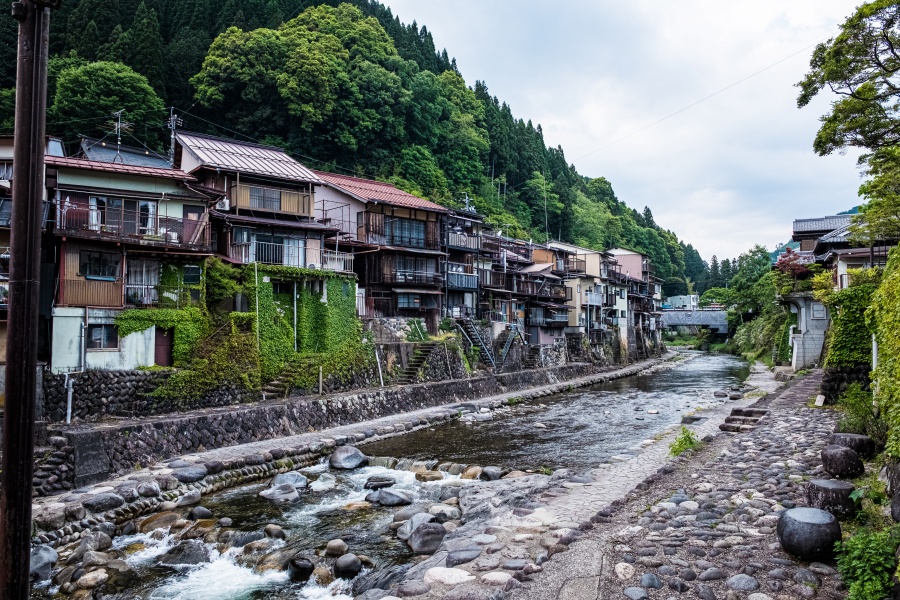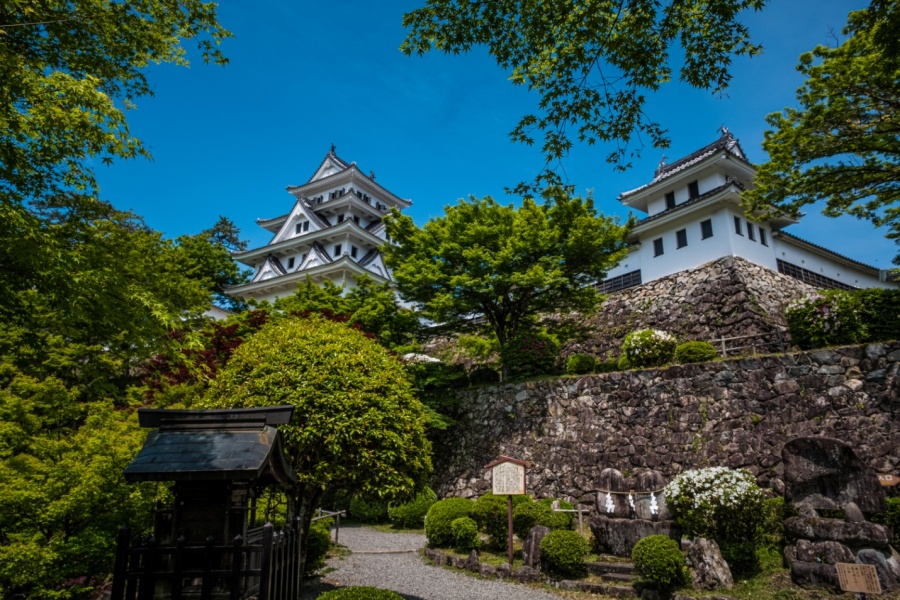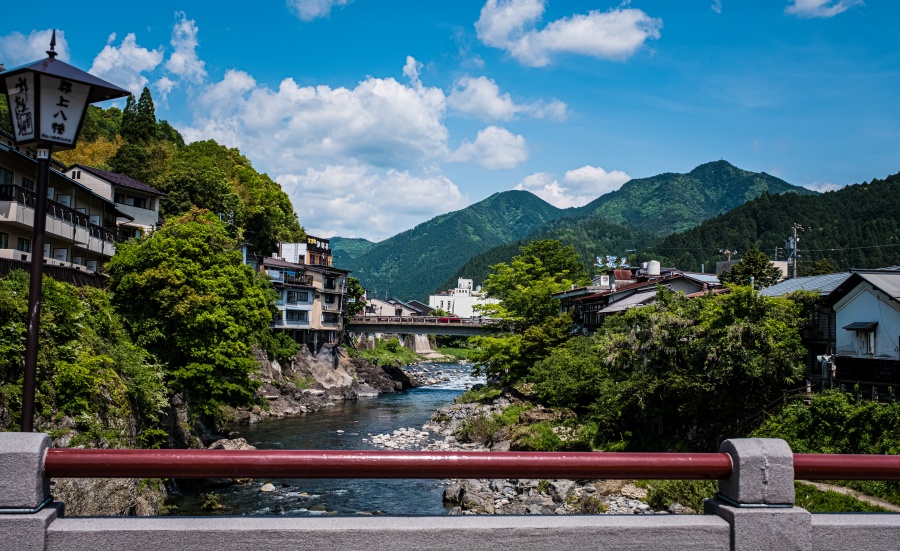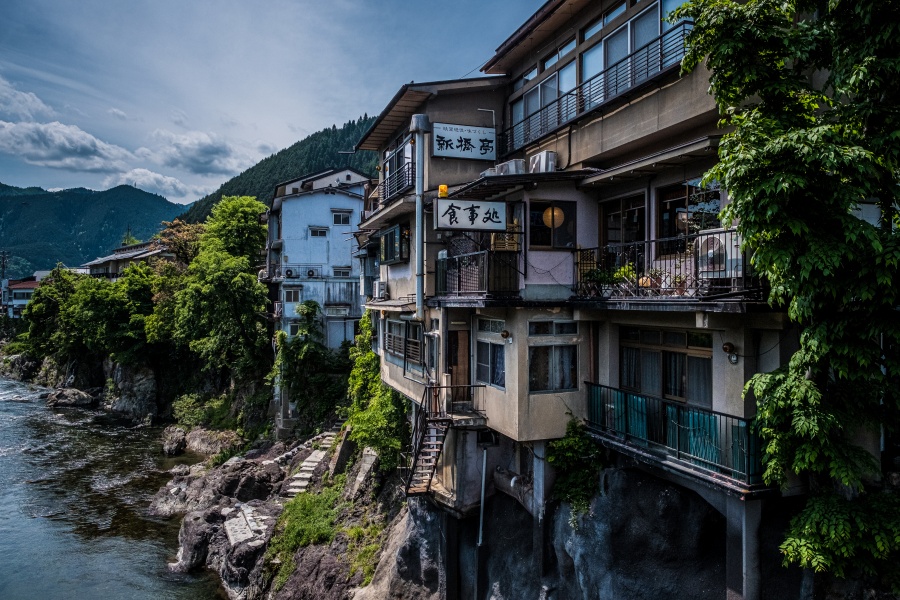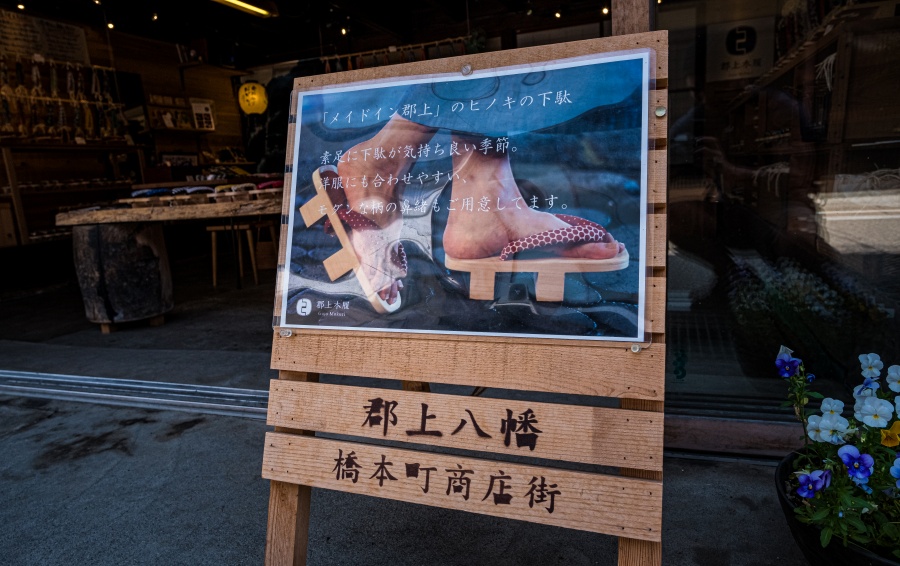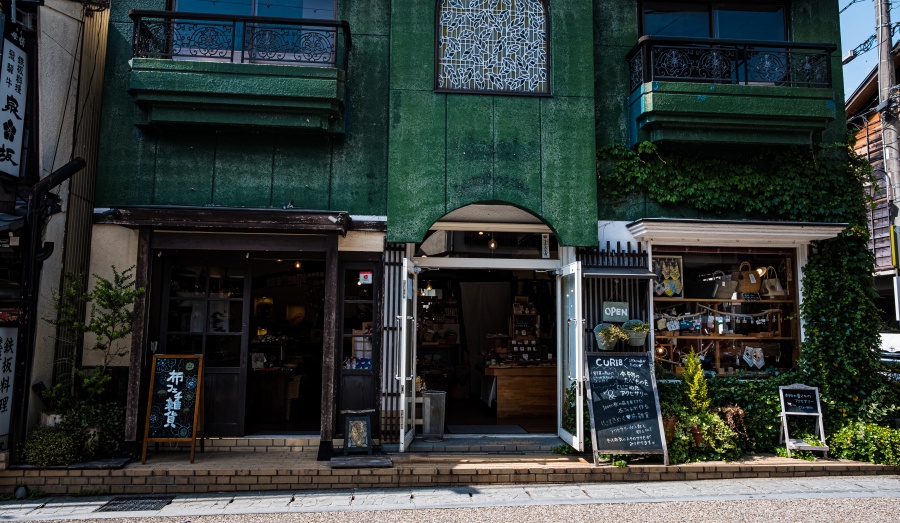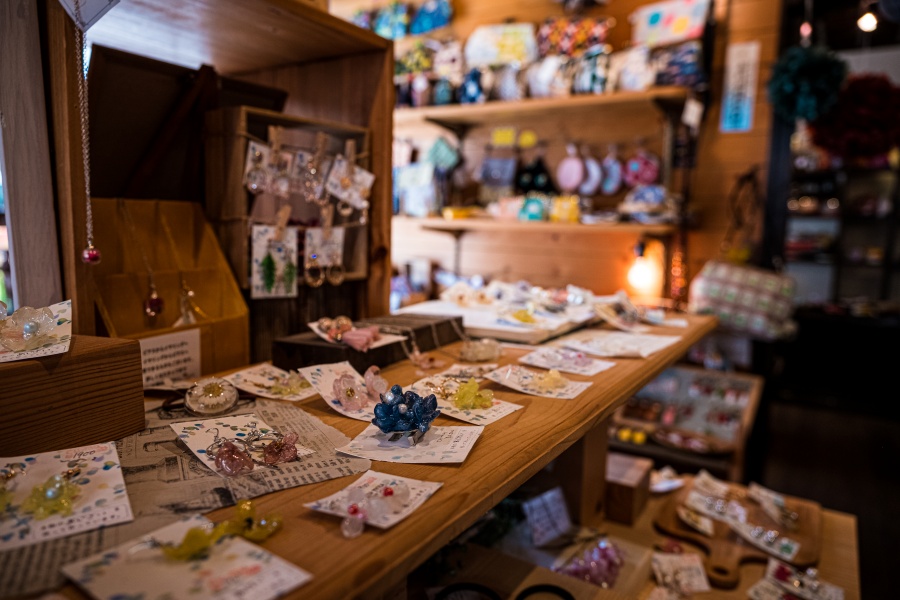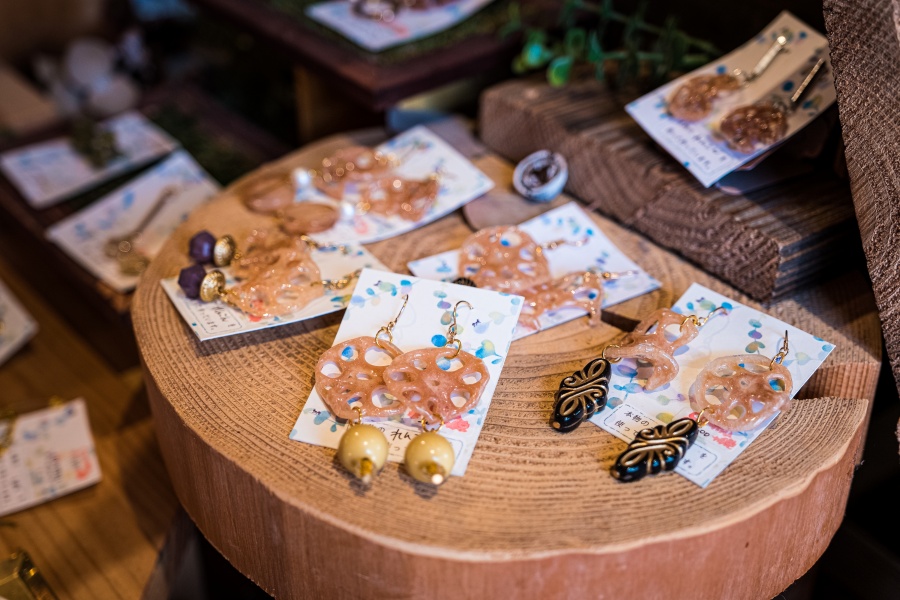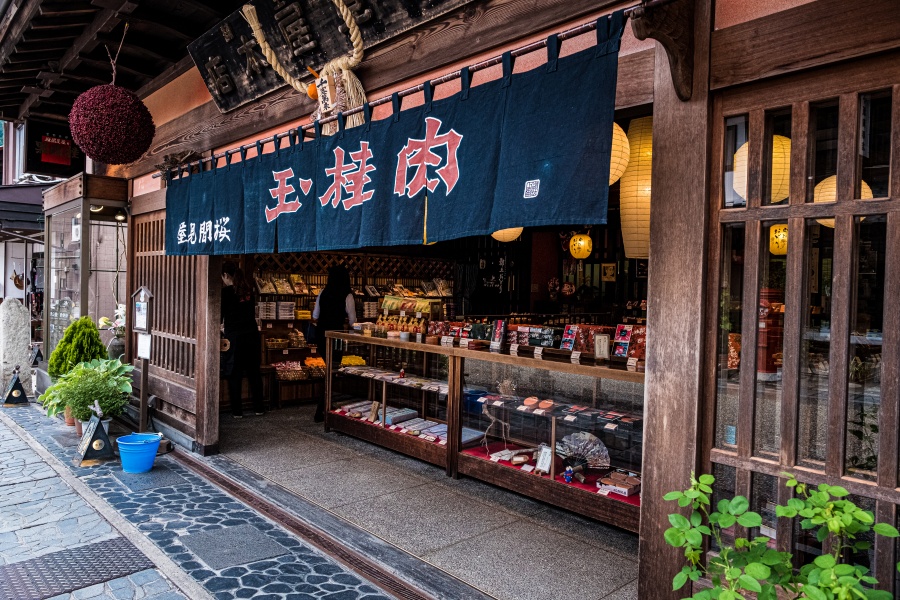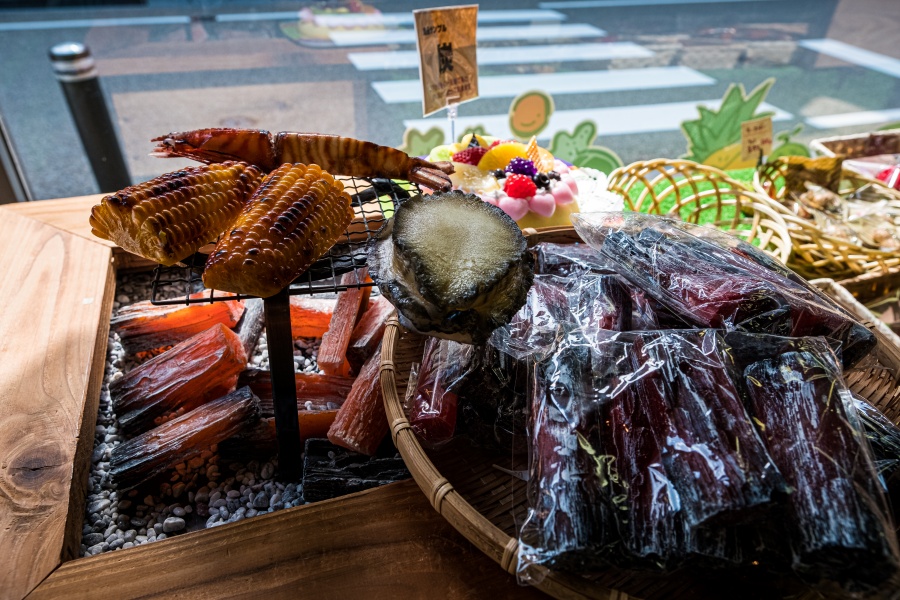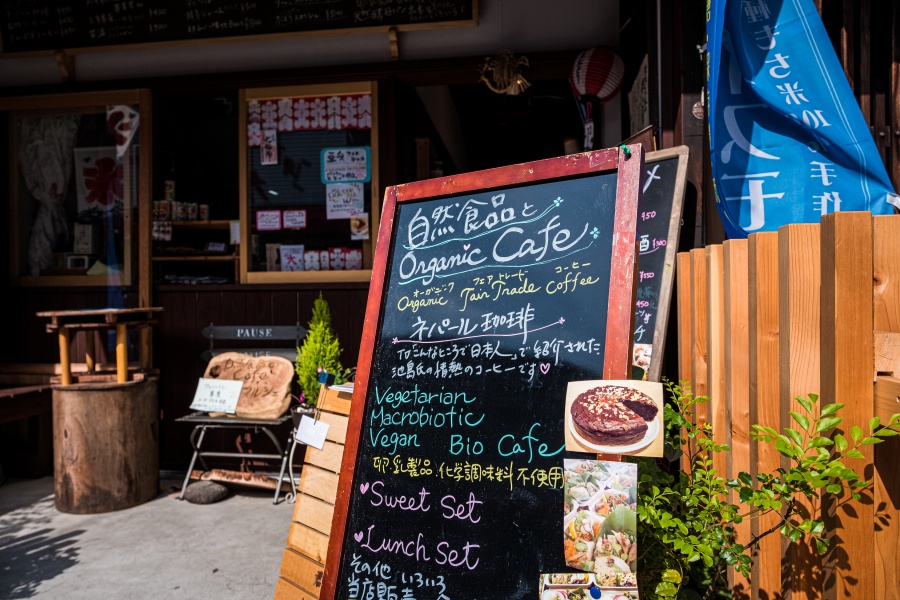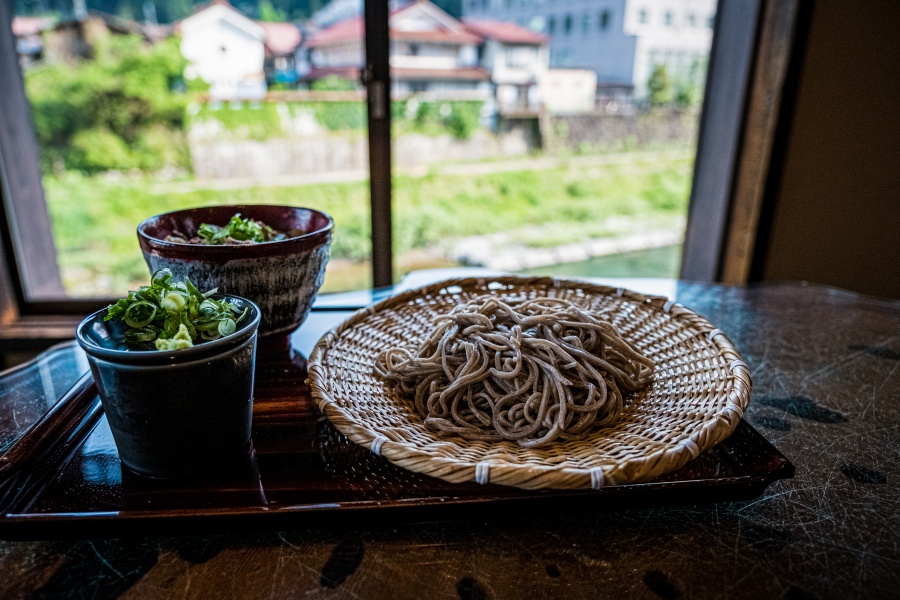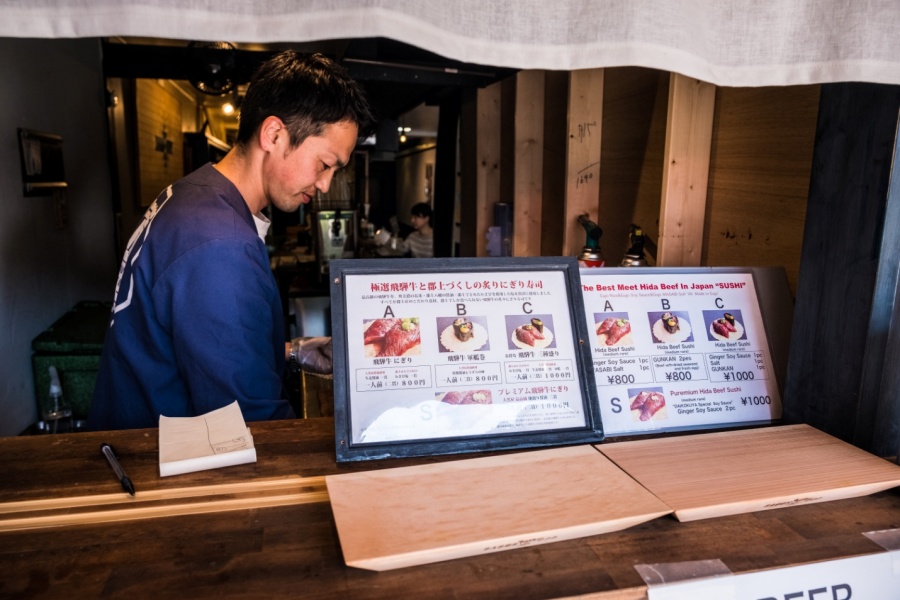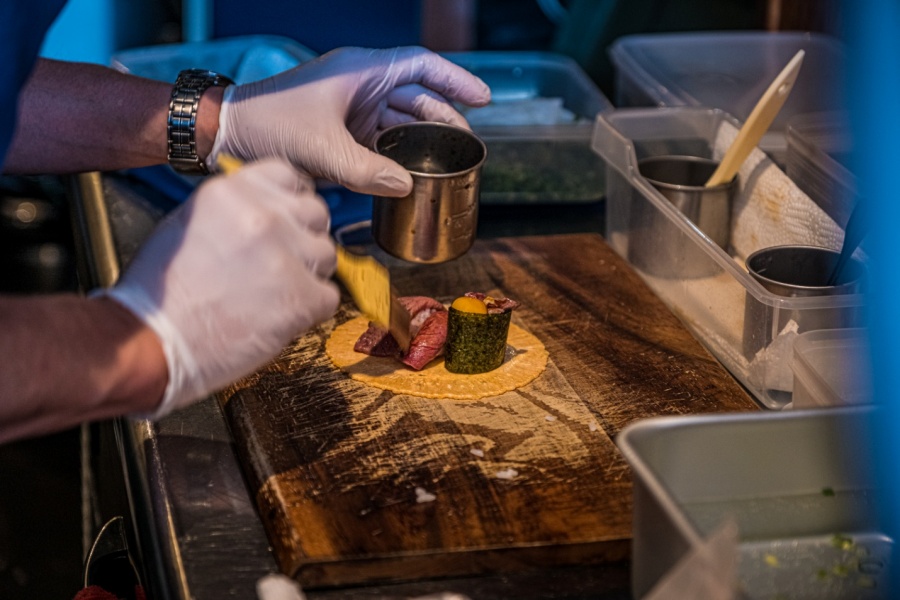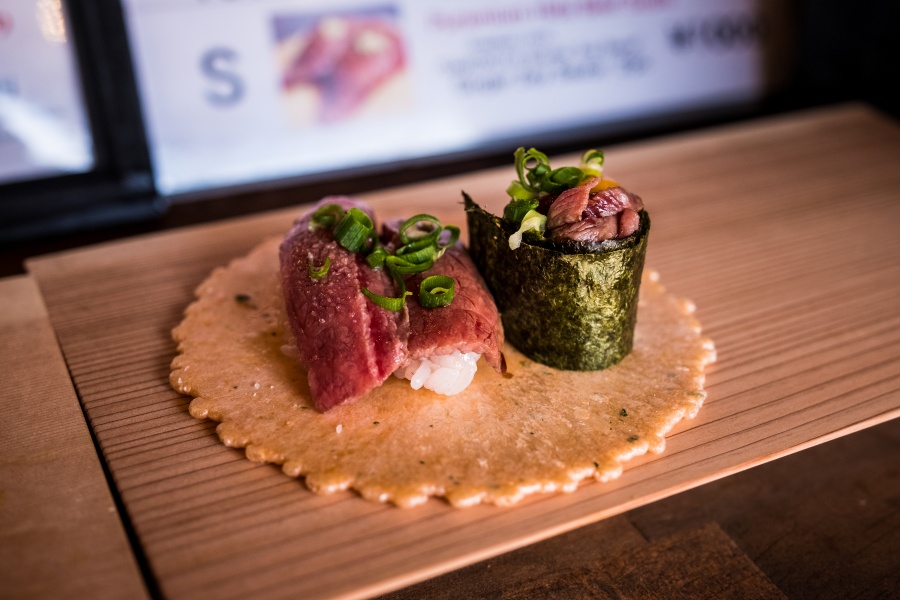A Refreshing Day Trip to Gujo Hachiman
|
|
Japanese summers can get quite hot and humid so it’s always nice to get out of the city and get away to one of the many naturally rejuvenating and historically impressive sites just only a short bus ride away.
Today, we’re going to visit a small castle town out in the mountains of Gifu Prefecture.
|
|
The most prominent fixture in the town’s landscape is the Gujo Hachiman Castle itself. The castle served as a bastion of pride and power in the area. After its completion in the 16th century, Gujo Hachiman Castle became so instrumental in the town’s identity that the mountain it sits upon is locally known as “Shiro Yama” or “Castle Mountain”.
|
|
Gujo Hachiman is a castle town that has withstood the test of time and regimes since the original settlement was completely destroyed by fire in the mid 17th century. Since then, this town has developed a significant relationship with the various waterways and rivers that run through the valley that go beyond its traditional purpose for transportation and producing goods.
The entire livelihood and identity of Gujo Hachiman has integrated the Nagara River and its tributaries to such an extent that many of the homes were designed and maintained along rivers and streams. The practical design of these communities makes them a unique and popular attraction.
|
|
|
|
Just like many castle towns we’ve visited in the past, there’s always a central location for commerce and socialization. And Gujo Hachiman is no different. The main plaza is located just a short walk from the castle and it features dozens of family owned shops, specialty stores, and restaurants for locals and travelers to enjoy at their leisure.
The primary industry in this part of Gifu is fine craftsmanship and visitors are able to explore a wide selection of different handmade accessories, jewelry, and slippers at the many boutiques that line the streets of Gujo Hachiman.
|
|
There are several bridges that connect the different neighborhoods of the town. If you choose to go by highway bus and get off of the Gujo Hachiman IC terminal, you will first have to cross the Nagara River. This is the main body of water that the other smaller rivers and streams eventually flow into in this area, but the Yoshida River that directly feeds into Nagara provides the main division between the northern and southern halves of the town.
Navigation through the town is simple as most of the popular shops and restaurants tend to hug along the Yoshida river and the various pedestrian walkways that run parallel to it.
As with any historically district in Japan, I encourage you to explore the unique selection of souvenir shops and specialty stores. Most of which are created in-house and much of their products are made from locally sourced and sustainable materials.
Shops like Cu-mu offer charming little accessories made by hand and even grown around the area. Anything from decorative bags and bows to real vegetable jewelry can make a fun and interesting souvenir!
|
|
|
|
|
|
But speaking of “real vegetables” here as some delicious looking foods that aren’t real! One of the more famous forms of art and industry is the expertly and convincingly created “sample food” art you might have noticed at restaurant windows. One of the largest suppliers of mouthwatering sample food art is located not too far from Gujo Hachiman. Their souvenir shops are also popular destinations for tourists to buy fried chicken keychains, tomato magnets, or parfait paper weights. If you have a favorite food then they probably have it in plastic form, but if not you can have the chance to make it yourself at one of their demonstration booths!
|
|
|
|
If you’re tired of shopping or are just ready for a meal, then making a decision might be difficult as there are so many restaurants and food stalls to tempt hungry travelers. But part of the fun is finding just the right one for yourself and your party!
|
|
Soba is a very traditional Japanese noodle dish made out of buckwheat. I decided to enjoy a hearty helping of the cold noodles with a side of the famous Hida Beef. If you’re familiar with Kobe Beef, Hida is another coveted variety of the wagyu-style meat. You can order a set like I did which included the soba and the simmered beef on top of warm white rice and a side of dipping sauce for your soba. And if you’re lucky, you can enjoy a nice view of the Yoshida River while you dine!
|
|
For those that are more interested in eating on the go, I suggest you stop by Hachimando where you can still sample some of the most succulent cuts of beef in town sushi style! Here, the fine cuts of Hida Beef are served in the nigiri sushi way. It’s the simplest but one of the most delicious ways to enjoy this savory delicacy.
There are also plenty of dessert shops and coffee establishments to take care of your sweet tooth as well! You’ll be able to find anything from ice cream, to lattes, to traditional Japanese confectionary with a modern twist along the streets of Gujo Hachiman.
|
|
|
|
|
|
Finally, if you just want a little break and just want to sit down, relax, and take in the beauty of the valley, I highly encourage you to walk down to the riverbank and find a nice spot to just enjoy the sounds of the Yoshida River after a long day!
〜*〜*〜*〜*〜*〜*〜*〜*〜*〜*〜*〜*〜*〜*〜*〜*〜*〜*〜
↓↓For more information or to purchase, click here! ↓↓
Discover Central Japan ~みつけたび中部~
5 days - Wide Course
〜*〜*〜*〜*〜*〜*〜*〜*〜*〜*〜*〜*〜*〜*〜*〜*〜*〜*〜
- 520-1, Shimadani, Hachiman Cho, Gujo City, Gifu
- 9:00 am - 5:00 pm daily 9:00 am - 6:00 pm during Gujo Odori season
- 0575-67-0002
- http://www.gujohachiman.com/kanko/sightseeing_intown_e.html




